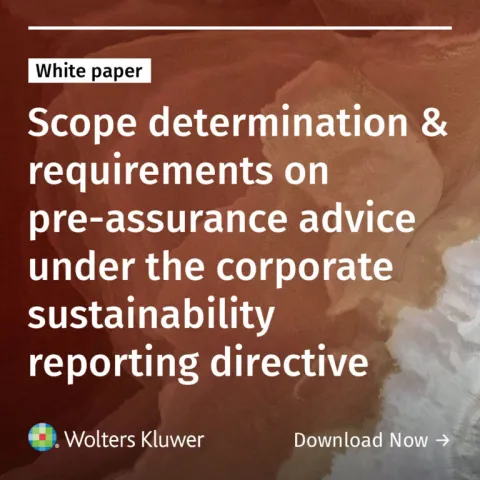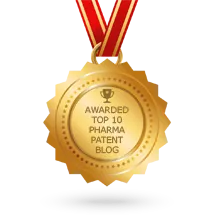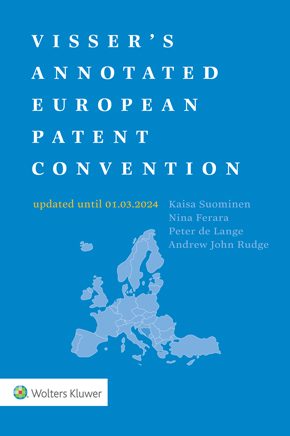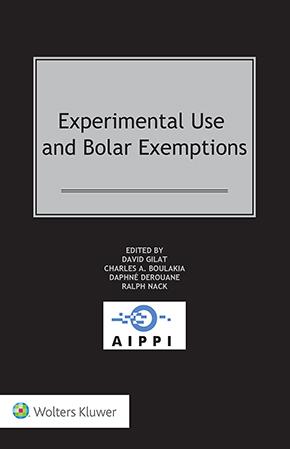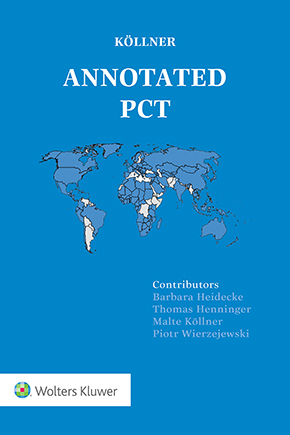Injunction Dysfunction – is the current UK system for obtaining interim relief in patent cases fit for purpose?
October 2, 2025
Preliminary injunctions (“PIs”) matter in life sciences patent cases. As often as not, the party which prevails at this stage of the litigation will have the upper hand in settlement negotiations. Since PIs matter, so does the basis on which they are granted. Yet the UK Courts’ approach to the granting of such relief hinges on the application of a test that is almost as old as the author. The author recognises, with regret, that at least in some respects (for example: toe-touching, bench pressing and hangovers), he is no longer able to do that which he once could. So, in a similar vein, a key question to ask is whether a test which is rapidly approaching its half-century is still appropriate?
This question, and others, were put to an assembled panel of experienced practitioners representing all sides of the debate in London yesterday evening. The panel comprised Laila Beynon (Regeneron); Kristin Cooklin (Recordati); James Horgan (MSD); Katie Rooth (Sandoz) and George Moore (Viatris). Chairing this quintet was Claire Phipps-Jones, a partner at Bristows. Claire is herself a stalwart of UK life sciences litigation and has represented clients in many PI cases both in the UK and elsewhere in Europe. The audience consisted of about 50 individuals including many seasoned in-house patent practitioners.
Before getting down to business, the Chair reminded the audience of the test laid down by the House of Lords (as the UK Supreme Court was then called) in 1975 in American Cyanamid which can be summarised as follows:
Is there serous issue to be tried on the merits?
Would damages be an adequate remedy for the applicant?
Would damages be an adequate remedy for the respondent?
Where does the balance of justice lie?
The Chair also reminded the audience that this test is currently being applied using a gated approach, and that it was not just used for patent cases but for the granting of PIs generally in the Courts of the UK.
With this introduction, it was time for the first Slido poll question to be put to the audience: Is American Cyanamid fit for purpose? The audience response was: Yes – 62%; No – 38%. However the panel did not see it this way. Three panellists opined that it was not. One said it was OK in principle but its application by the courts was flawed. Another commented that American Cyanamid was the right test, but that it led to PI applications in the English Patents Courts being expensive and protracted.
Delving deeper, the panel were asked whether a gated or holistic approach was more appropriate. Here the panel again diverged. One panellist opined that American Cyanamid had morphed into a gated approach and that the holistic approach taken by the Irish Courts was to be preferred. Another felt that there would be more potential for confusion if everything were fed into the mixer at once.
The Chair next asked the panel if they considered that an irreversible price spiral would be inevitable upon generic/biosimilar launch in competition with a branded medicine. Here the panel agreed that a lot depended on the facts. It was considered that there was not so much difference between biological medicines and small molecules, but that the way in which the medicines were handled and distributed in the UK was influential. In particular, where there was a tender market, there was generally more predictability although it was impossible to be certain as to the loss to the patentee or the party or parties wishing to sell competitor medicines. A panellist commented that it was odd, and possibly perverse, that the more attractive the market and the larger the number of generic companies competing to launch, and hence the greater potential saving to the public purse, the more likely that interim relief was to be granted. Everyone agreed that it was almost always impossible to say with any accuracy what would or would not have happened to either party but for the granting of a PI.
There was a mixed view on how far the court should conduct an assessment of validity of the patent in suit at the PI stage. It was agreed that a mini-trial was probably best avoided, although one panellist wondered if we were just swapping expert evidence on validity for expert evidence from economists on the quantifiability of damages. All panellists were concerned about the creeping increase of expert economic evidence in PI cases. One panellist referred to the fact that a PI in a patent case in Norway could take up to four days to hear. The panel thought that the UK should not adopt such an approach.
However, the panel noted that this did mean that that for PIs pending appeal, contrary to the position in some other European jurisdictions, the current application of American Cyanamid by the UK Courts did not take into account a finding of invalidity at first instance. It was acknowledged that this was somewhat mitigated by the Court of Appeal scheduling substantive appeals very quickly. However, it was observed by one panellist that even a delay of a few weeks can allow competitors to get ready to launch at the same time as the injuncted party and any first mover advantage is lost. The view of the majority of the panel was that once a patent has been held invalid by an experienced court such as the English Patents Court, the status quo when considering the fourth question of American Cyanamid should not prevail. The panel were also largely unanimous that there should be a separate test applied by the Courts for short, holdover, injunctions.
The Chair then introduced the second Slido poll question: Should clearing the way be part of the PI test in the UK? The audience response was Yes – 70%; No- 30%.
Once again, the panellists did not quite concur with the audience. Many felt that the issue was more nuanced and difficult to address with a binary answer. One panellist noted that it is simply not practical to clear the way given the inherent uncertainties surrounding the timelines for regulatory approvals and the supply of medicines, especially in the European patent system where the EPO and national courts operate in parallel and the validity and scope of claims of patents can change rapidly. It was felt that an inflexible hard rule just was just not practical. Other panellists considered that for cases where purely legal issues were involved such as SPCs, clearing the way was appropriate but certainly it could never be a bright line rule. Another panellist commented that it was important to consider the technical field in question. Some areas of technology such as mRNA vaccines were heavily patented and it is very difficult to be aware of the patents which might be in play let alone take proactive steps in respect of all of them.
The Chair asked the panel whether a generics company which successfully cleared the way should be given some form of first mover advantage over its competitors? Here the panellists could see the benefit of some form of reward being given to such a party but one of the panellists with US experience said that bounty systems such as those provided under the Hatch-Waxman Act brought their own issues and problems. Another observed that a linkage system would lead to more litigation and therefore expense and a bigger burden on challengers. One creative suggestion was to make validity decisions inter partes but that too would bring its own challenges.
The Chair then introduced the final Slido poll question: Is the current form of cross-undertaking appropriate? The audience response was: Yes – 59%; No 41%
When this question was thrown to the panel, several expressed surprise that the legal representatives of the NHS, which under the provisions of the Patents Court Guide must be notified of patent PI applications which might affect it, do not intervene more in cases and seek to be joined to cross-undertakings. However it was recognised that the NHS legal department was thinly stretched and focussed more on issues such as stopping counterfeit medicines which is of course incredibly important. It was also noted that, in cases such as the recent dapagliflozin saga, the NHS wanted to remain neutral to the dispute whilst helping the Court.
The panellists were invited to speculate as to whether it would be beneficial to have a system whereby the NHS was automatically made a beneficiary of any cross-undertaking given where a patentee was granted a PI. There was thought to be some merit in this although it was observed that a similar practice in Australia whereby the Commonwealth is joined to cross-undertakings as a matter of course had not led to significant recovery for the state.
There were two questions from the audience: First, the panel were asked whether they thought judges subconsciously took the merits of the case into account when granting or refusing PIs. The panel thought that all judges would always do their very best to achieve justice in the circumstances presented to them but that they were, at the end of the day, human. The second question related to the recent developments in transnational PI relief since BSH v Electrolux and as evidenced by the decision of the Munich District Court on 25 September 2025 to grant Regeneron a PI against Formycon covering not only Germany but 22 other EPC Member States as well. It was acknowledged that this was a rapidly developing area but one panellist commented, tongue perhaps only partially in cheek, that if national courts were exercising such cross-jurisdictional power, the UPC may be rendered redundant (at least until the transitional period ends). Food for thought...
It was a very interesting discussion which continued over drinks after the formal session closed. The author came away feeling that most stakeholders think that the system could be improved although not everyone thinks that the system is totally unfit for purpose at this point in time.
You may also like







